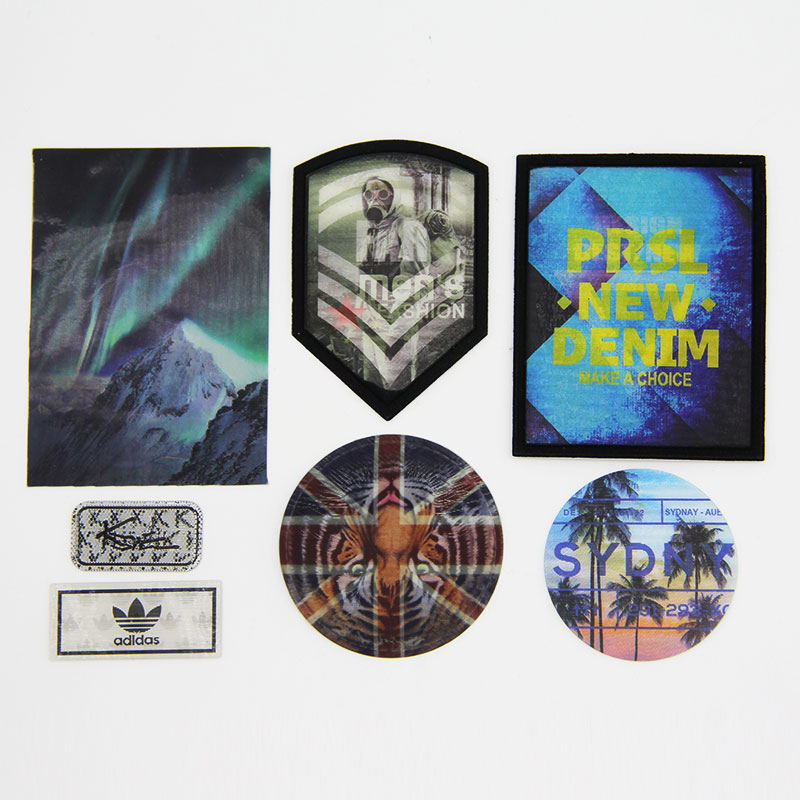How to create custom lenticular patches for clothing?
Mar. 06, 2024
In the world of fashion and personal expression, custom lenticular patches have emerged as a unique and captivating way to elevate any garment. These innovative patches combine artistry with technology, allowing for stunning visuals that change or move when viewed from different angles. In this comprehensive guide, we will delve into the intricacies of creating custom lenticular patches for clothing, covering everything from design considerations to production techniques.

Before diving into the process of creating custom lenticular patches, it's essential to grasp the fundamentals of lenticular technology. Lenticular printing involves creating images with an illusion of depth or motion by interlacing multiple images and using a special lens to display different images from different viewing angles. This technique allows for dynamic visuals that capture attention and create a memorable impact.
Designing Your Custom Patch
The first step in creating custom lenticular patch is to conceptualize and design your patch artwork. When designing for lenticular printing, it's crucial to consider the visual elements that will create the desired effect. Choose high-resolution images with vibrant colors and distinct foreground elements to maximize the impact of your patch.
Key Design Considerations:
Image Selection: Select images that lend themselves well to lenticular effects, such as images with depth or motion.
Color Contrast: Ensure that your design features strong color contrast to enhance visibility and clarity.
Layering: Experiment with layering multiple images to create dynamic visual effects.
Viewing Angle: Consider how your design will appear from different viewing angles to optimize the lenticular effect.
Selecting Materials and Production Methods
Once you have finalized your patch design, it's time to select the appropriate materials and production methods to bring your vision to life. Choose high-quality materials that are durable and compatible with lenticular printing processes.
Production Methods:
Lenticular Printing: Partner with a reputable printing company that specializes in lenticular printing to ensure optimal results.
Patch Fabrication: Select a base material for your patch, such as woven or embroidered fabric, that complements the lenticular effect.
Finishing Touches: Consider additional embellishments, such as border stitching or adhesive backing, to enhance the overall appearance and usability of your patch.
Quality Control and Testing
Before proceeding with full-scale production, it's essential to conduct thorough quality control and testing to ensure that your custom lenticular patches meet your standards of excellence. Perform test prints and prototype runs to evaluate color accuracy, image clarity, and lenticular effect consistency.
Testing Parameters:
Color Accuracy: Verify that colors are true to the original design and maintain consistency across different viewing angles.
Image Clarity: Assess the sharpness and detail of the lenticular images to ensure visual impact and readability.
Lenticular Effect: Confirm that the lenticular effect performs as intended, with smooth transitions between images and engaging motion or depth perception.
Conclusion
Creating custom patches for clothing offers a unique opportunity to showcase creativity and innovation in fashion design. By understanding the principles of lenticular technology, carefully crafting your patch designs, selecting quality materials, and conducting thorough testing, you can ensure that your custom patches make a lasting impression.
15
0
0
Previous: None
Next: None


Comments
All Comments (0)